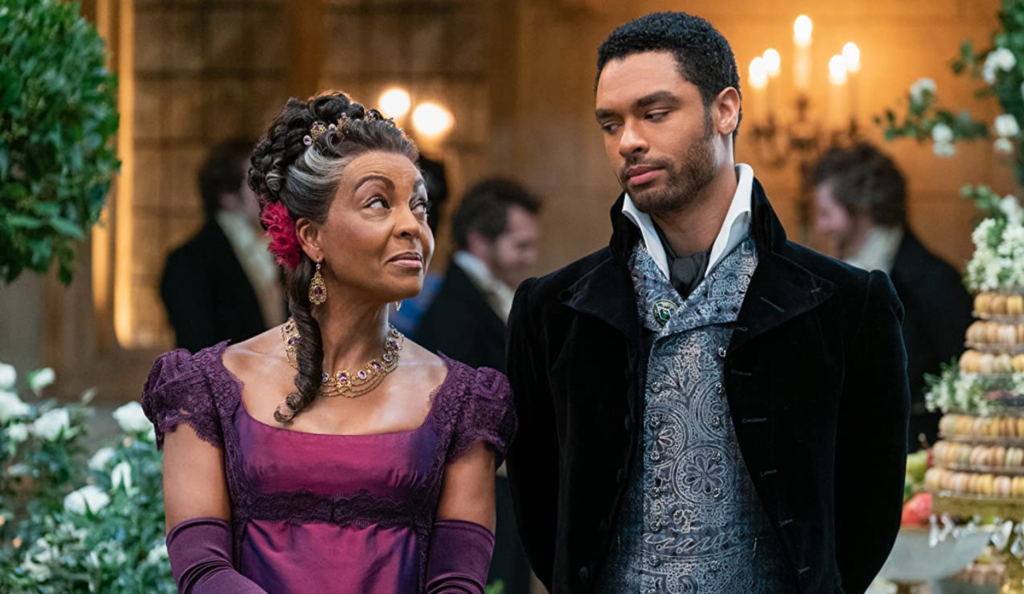The latest edition of UCLA’s Hollywood Diversity Report examined television viewing habits during the 2019-2020 season and found that pandemic audiences are connecting with shows featuring diverse casts and writers’ rooms. The study analyzed racial and gender diversity on and off-screen, ratings, and social media engagement on 461 scripted broadcast, cable, and streaming series.
“The new study found a continued correlation between the racial makeup of shows’ writers and TV ratings,” according to a press release. “For example, among households of all races in 2019–20, the scripted broadcast shows that earned the highest ratings were those in which people of color made up between 31% and 40% of the credited writers.” And for the first time, the Diversity Report found that people of color had a higher percentage of broadcast acting roles (43.4 percent) than their portion of the U.S. population (42.7 percent).
Among broadcast programs, shows with majority nonwhite casts drove the highest engagement on Facebook, Instagram, and Twitter. For streaming, shows with majority nonwhite casts received the most Twitter buzz.
“We have seen this appetite for diverse content repeated over the history of our analyses,” said report co-author and UCLA’s dean of social sciences Darnell Hunt. “The fact that shows with diverse writers rooms did well last year also illustrates that audiences are looking for authentic portrayals.”
All in all, racial diversity improved in almost every job considered in the study. Women’s representation improved in about half of the jobs.
The number of people of color credited as writers increased among broadcast, cable, and streaming, as compared to the previous Diversity Report. POC represented 26.4 percent of writers on broadcast series in 2019-2020, 28.6 percent on cable, and 24.2 percent on streaming. “But people of color are still largely underrepresented among TV writers,” UCLA reminds us, “given that 42.7% of Americans are nonwhite.”
In terms of directing, POC helmed 25.8 percent of broadcast episodes, 27.2 percent of cable eps, and 21.4 percent of streaming.
Latinx representation has flatlined since the last report. Latinx actors comprised only 6.3 percent of broadcast roles, 5.7 percent of cable roles, and 5.5 percent of streaming. Latinx directors helmed just 5.4 percent of broadcast TV episodes, 3.5 percent of cable eps, and three percent of streaming eps.
Women comprised 29 percent of scripted cable show creators in the 2019-2020 season, a nearly seven-point increase from the previous season — “marking the largest one-year gain for women in that job category since the report began,” UCLA confirms. Women also helmed 30.6 percent of broadcast episodes, 31.3 percent of cable, and 33.4 percent of streaming. The number of women’s acting roles was about equal to those of men. Yet the number of women broadcast creators dipped to 24.1 percent from the prior year’s 28.1 percent.
Overall, it seems the 2019-2020 season was a mixed bag, representation-wise. There were gains and setbacks. Diverse shows are proving the most popular — decision-makers need to recognize that inclusivity is not only an ethical obligation, but also a lucrative business plan.
You can find more highlights from the 2021 Hollywood Diversity Report here and read the study in its entirety here.







